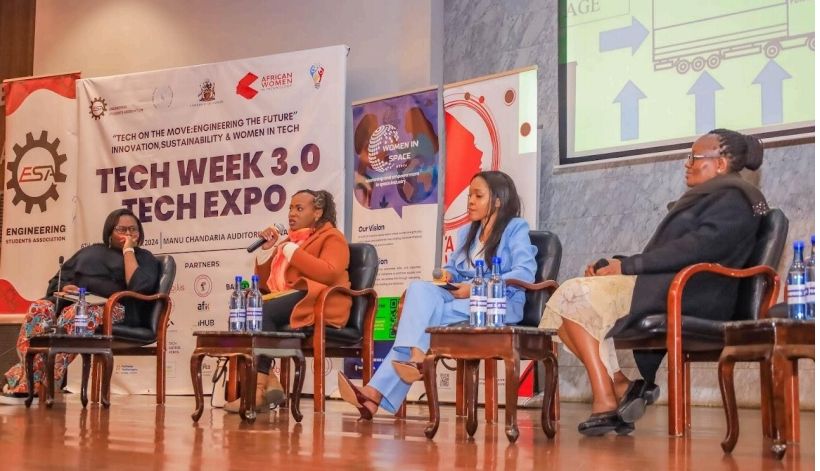Huawei unveils OptiX Sense to cut infrastructure vandalism

Huawei today rolled out the latest AI enabled security technology known as OptiX Sense for East Africa, designed and built to increase the degree of vigilance on key national and corporate infrastructure among other uses.
OptiX Sense, the security technology, is a set that will be connected to physical infrastructure including oil pipelines, fiber cables, railway lines and even power lines to help monitor them in real time, detect possible vandalism and ensure faster repair in cases of damage.
Speaking during its official unveiling in Nairobi, Huawei Chief Technology Officer for Southern Africa Mr. Matamela Mashau announced that OptiX Sense has a built-in Artificial Intelligence software that works by sensing the degree and type of vibration and alerting the control center on the potential danger. The device can distinguish between vibration caused by wind, animals and humans and trigger appropriate responses to each.
“This is the first such technology in this region and is expected to greatly raise the level of monitoring, detection, deterrence and the speed of repair. It enhances our overall surveillance for critical physical infrastructure and is expected to save the government institutions in charge of them in terms of time, human and financial resources,” he explained.
With OptiX Sense, which can sense vibration within 50 Kilometers through optical Fiber, a customer can pin point location within one meter accuracy where the vibration is happening, in the event of a seven-stage wind.
This solution introduces sensing algorithms to optical sensing application scenarios by using the distributed optical fiber sensing technology. It also leverages big data and GIS maps to provide differentiated, multi-dimensional, and multi-purpose intelligent detection and warning.
Huawei said sectors such as oil and gas and those that use capital intensive infrastructure, are often exposed to high maintenance costs, poor prevention against external sabotage, and low accuracy of damage positioning. In response, the firm has developed the first distributed fiber optic sensing (DFOS) solution powered by sensing algorithms to protect these infrastructures.
It is also equipped to quickly identify intrusions, accurately locate them, and report alarms using optical fibers routed in perimeter fences to implement online real-time monitoring and security warning. Generally, it is built to ensure open, fair access of infrastructure for all users, improve resource transmission efficiency, and guarantee their efficient operation.








